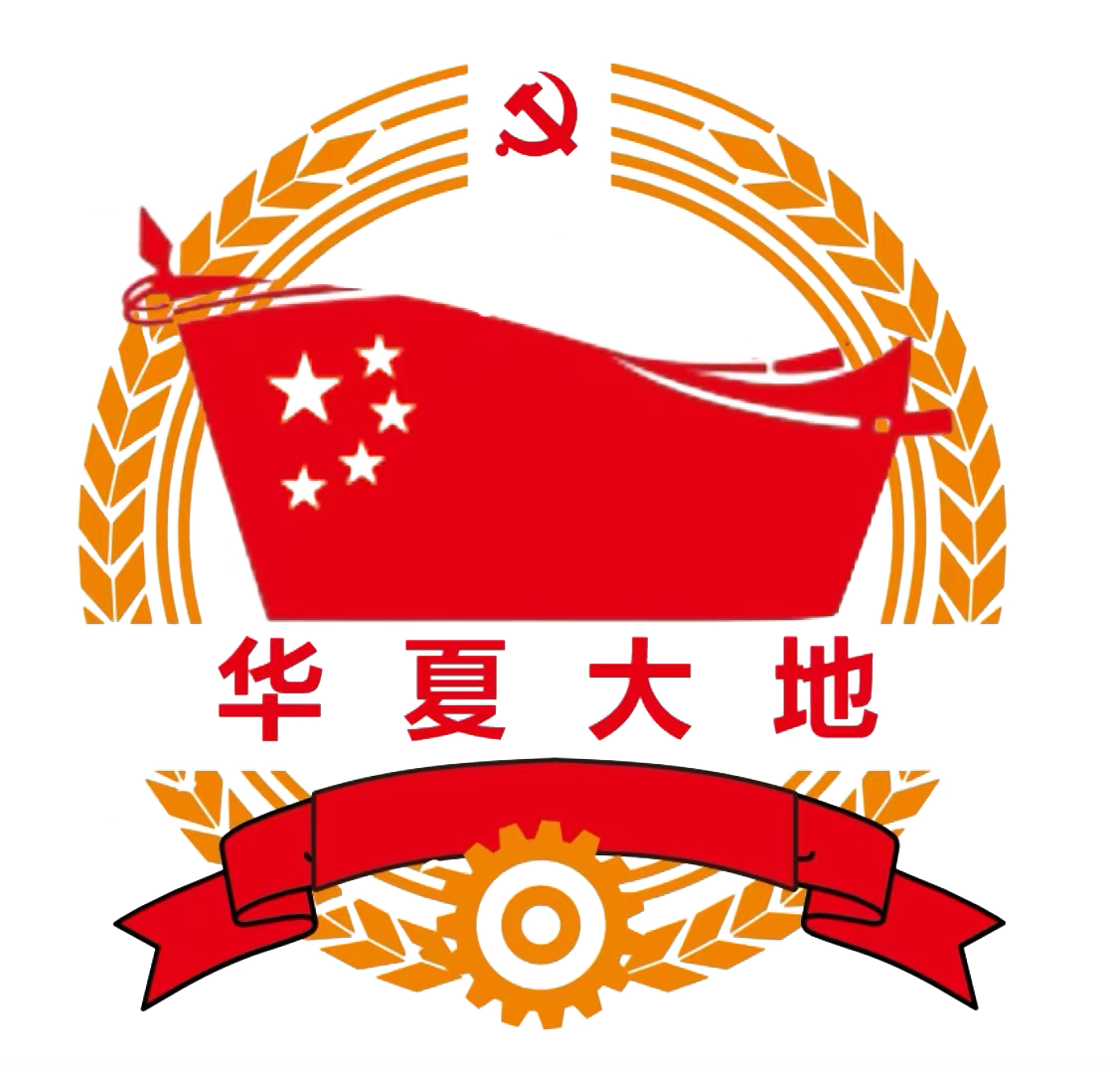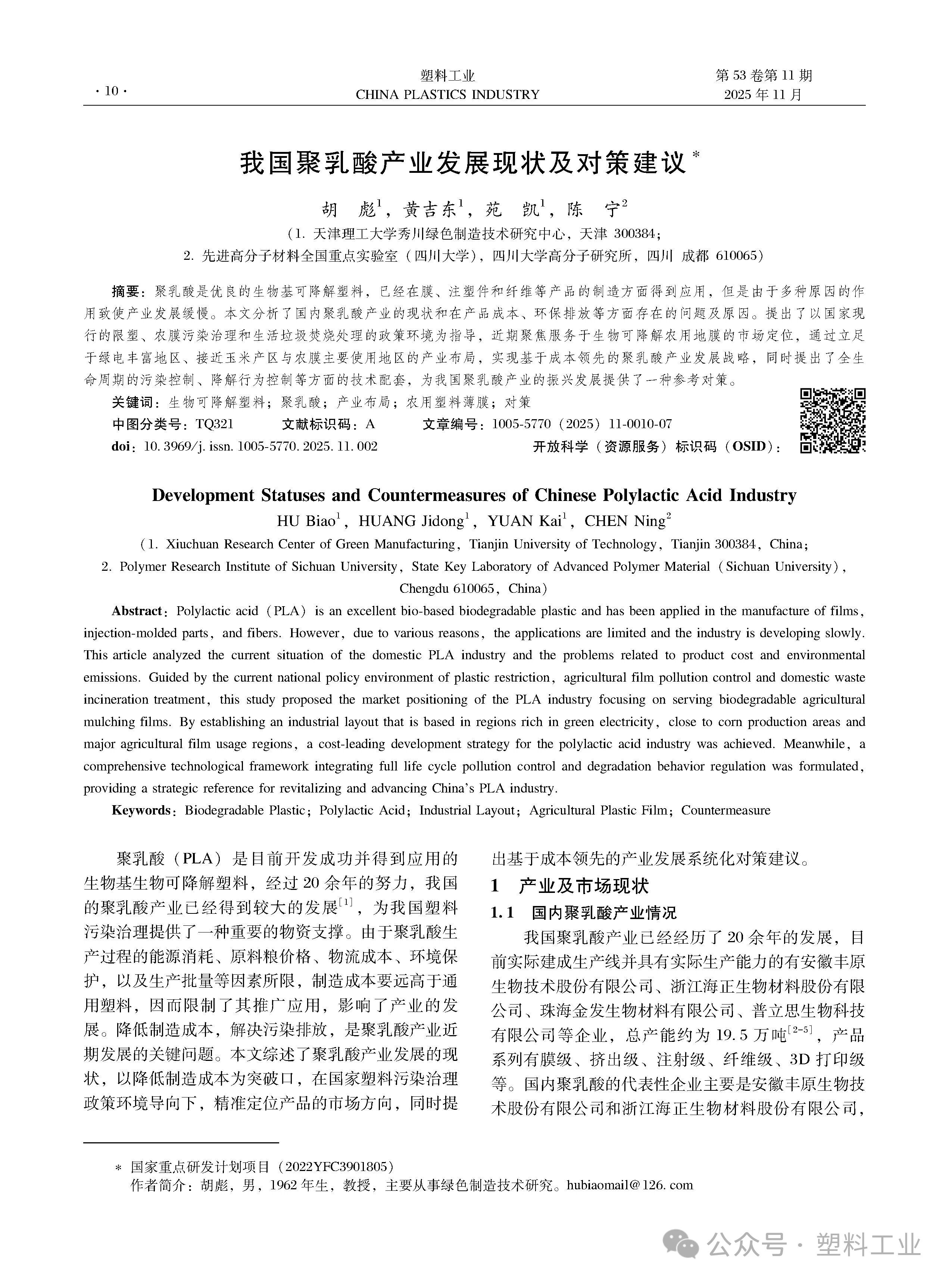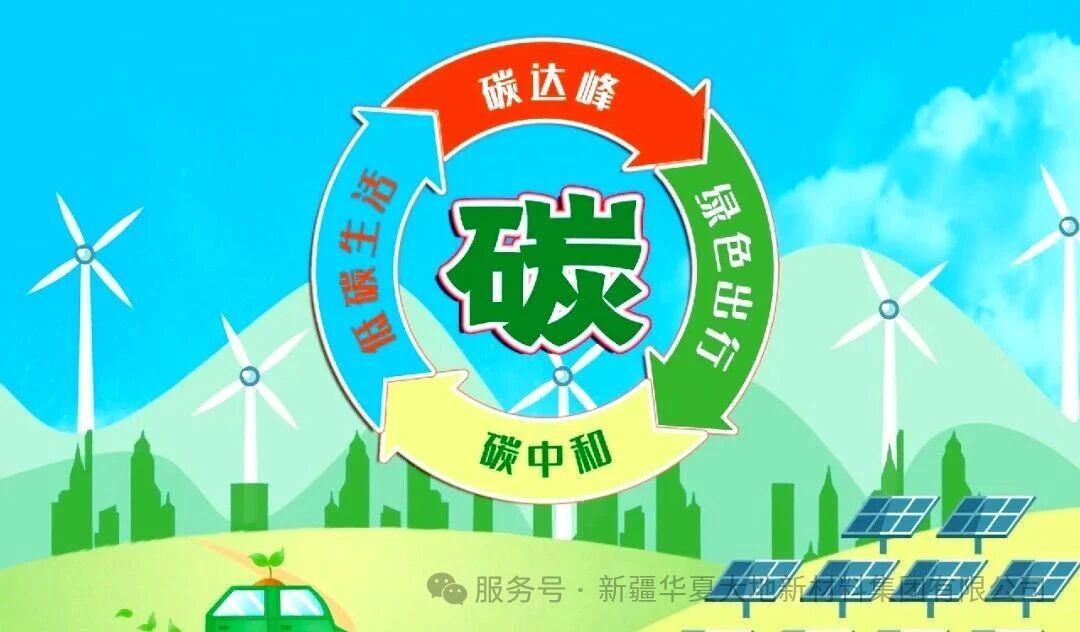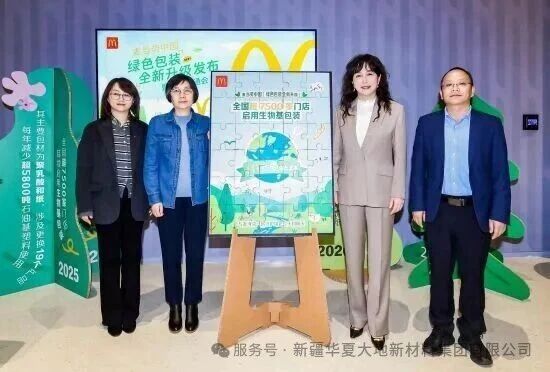The 2025 Nonwoven Fabric Industry Chain Development Conference was held in Xiantao City, Hubei Province on June 20th. The following is a summary of the speech given by Professor Wei Qufu from the School of Textile Science and Engineering at Jiangnan University.
Developing the biomass industry to transform the "black gold economy" into a "green gold economy"
During the 500 years of industrial civilization, the utilization of fossil resources has greatly promoted the technological progress of human civilization, but it has also caused severe damage to the Earth's ecology.
According to statistics, the global daily oil extraction is nearly 100 million barrels, approximately 13 million tons; the annual coal extraction is about 8 billion tons; and the annual natural gas extraction is about 4 trillion cubic meters. The application of global fossil resources has caused huge harm: generating microplastic particles, releasing toxic gases, triggering the greenhouse effect, and causing pollution to soil and rivers, lakes and seas.
It is imperative to develop the biomass industry, realize the utilization and transformation of renewable resources, and shift from the "black gold economy" of oil and coal to the "green gold economy" of biomass processing.
In 2023, the global bio-based fiber market sales reached 84.24 billion US dollars, and it is expected to reach 141.5 billion US dollars by 2030, with a compound annual growth rate of 7.6%. In this year, the Ministry of Industry and Information Technology proposed to accelerate the green development of industry by focusing on six aspects: high-end industrial structure, low-carbon energy consumption, circular resource utilization, clean production process, green product supply, and digital manufacturing process.
Under the guidance of the goals of "carbon peak" and "carbon neutrality", China's textile industry is moving towards high-end, intelligent, green, integrated and brand-oriented development. The demands from related fields such as medical and health care, environmental protection materials, new energy vehicles and low-altitude economy have become new growth points.
Bio-based synthetic fibers are made by converting biomass raw materials into high-purity monomers, which are then polymerized into high-molecular polymers and finally spun into fibers through the spinning process. In recent years, enterprises such as Jilin COFCO Bio and Suzhou Yisheng have joined the development and application of bio-based synthetic fibers, using biomanufacturing technology to produce biomaterials and gradually replacing petrochemical materials (such as chemical fibers and plastics) to develop towards new materials that are low-carbon, environmentally friendly, non-toxic and degradable.
Take 1,4-butanediol as an example. It can be used as a raw material to synthesize a series of high-value-added products with important applications, and is widely used in industries such as polyurethane, polyester, coatings, pharmaceuticals, and dyes. It also has the advantages of flexibility, corrosion resistance, hydrolytic stability, and a relatively small impact on the environment. It is estimated that the global market size will increase to 1.401 billion US dollars this year.
At present, bio-based synthetic fibers, new biomass fibers, bio-based protein fibers, and marine bio-based fibers in China are developing steadily. Key technologies have been broken through, product performance has been continuously optimized, production capacity and output have steadily increased, and terminal applications have been continuously expanded. In 2023, the total production capacity of bio-based chemical fibers in the country reached 1.1826 million tons, an increase of 46.09% year-on-year, and the total output reached 488,600 tons, an increase of 83.62% year-on-year.
The extensive application of bio-based materials in the development of nonwoven products urgently requires the establishment of a bio-based nonwoven industrial chain and the formation of a strategic development system. In this process, it is inevitable to rely on a legal framework, government support, logistics standards, technological support and brand promotion.








